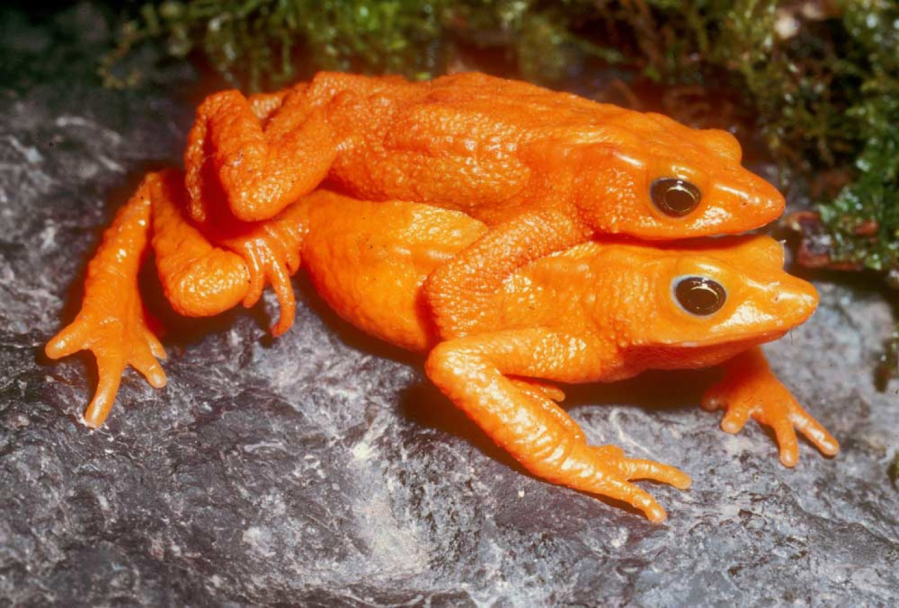Once upon a time, a subspecies of giant tortoise lived on Fernandina, the least-explored island in the Galapagos.
In 1906, explorers with the California Academy of Sciences found one male Fernandina Galapagos tortoise — and killed it to preserve as a specimen. The next sign came in 1964, when an expedition to the island reported the presence of tortoise scat. An aerial survey in 2009 spotted something resembling a tortoise. But for all practical purposes, this reptile has been lost to the world for 111 years.
Now the quest to find it — and two dozen other “lost species” — is about to be renewed. Global Wildlife Conservation, a Texas-based organization, is launching a global search for what it calls the top 25 “most wanted” animals (and one plant). None is officially extinct. But, collectively, the species have not been seen in more than 1,500 years.
The list, which was compiled in consultation with dozens of experts from the International Union for Conservation of Nature, includes a bat, a bee, a parakeet, a sea horse and a kind of coral. The experts were asked to nominate species that had not been spotted in more than 10 years and had cultural significance. Species already declared extinct, such as the Tasmanian tiger, were not considered.



